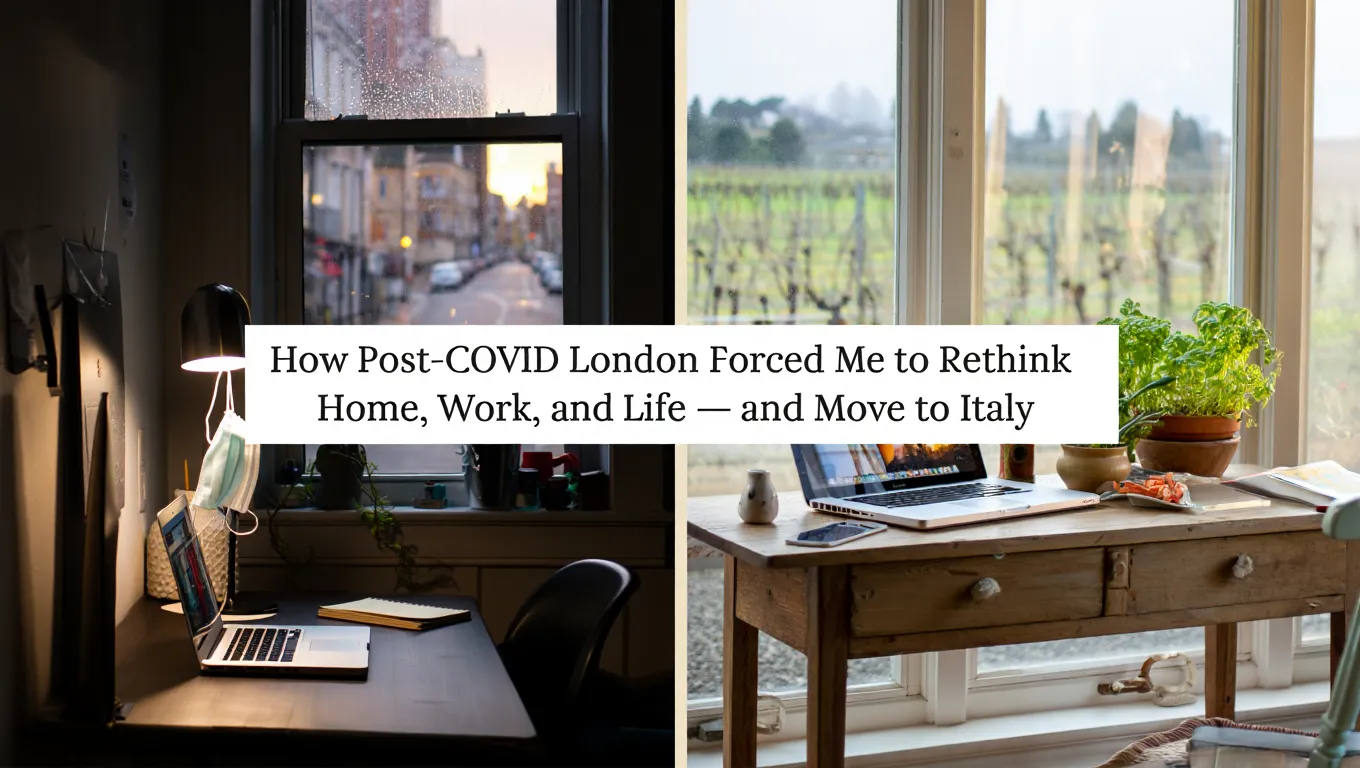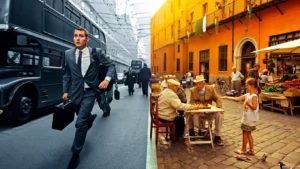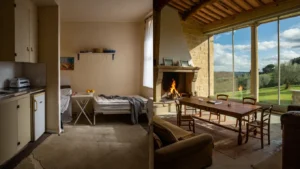The London Years: A Two-Bed Flat and Endless Council Tax
From March 2017 until October 2023, I lived in a modest two-bedroom flat with a terrace on Rackton Road, tucked between West Kensington, West Brompton, and Fulham Broadway.
It wasn’t palatial, but it did the job.
At £1,600 a month in rent, plus another £500 in bills and council tax, I was forking out around £2,100 each month.
Post-COVID, rents in the same area shot up. Flats similar to mine now go for £2,300–£2,600, and that’s before you’ve even thought about heating or a Netflix subscription.
It’s funny, people assumed I owned that flat.
In reality, I only ever rented it. I did have two small flats in West Drayton, but living there wasn’t something I wanted.
So, I stayed in Fulham, paid the ever-climbing rent, and told myself it was the price of being close to London life.
Trying (and Failing) to Buy in London
Like most renters in the city, I eventually got the itch to buy. Post-COVID, I started poking around the local market. That itch disappeared faster than my money on a London night out.
Small or less appealing flats hovered around £600k–£650k. Anything resembling my Rackton Road place was in the £800k–£900k bracket.
With a 0–5% deposit, I could’ve secured a mortgage, but the repayments would have been in the region of £3,000–£3,500 a month.
Paying £3,500 for a flat that still made me feel like I was playing adult Tetris with furniture seemed… ridiculous.
It became clear that London property ownership was slipping further out of reach unless you had wealthy parents, a trust fund, or happened to be an overseas investor treating the city as a Monopoly board. Post-Brexit and post-COVID, the housing market felt like a rigged game.
Enter Italy: A Villa and Some Goats
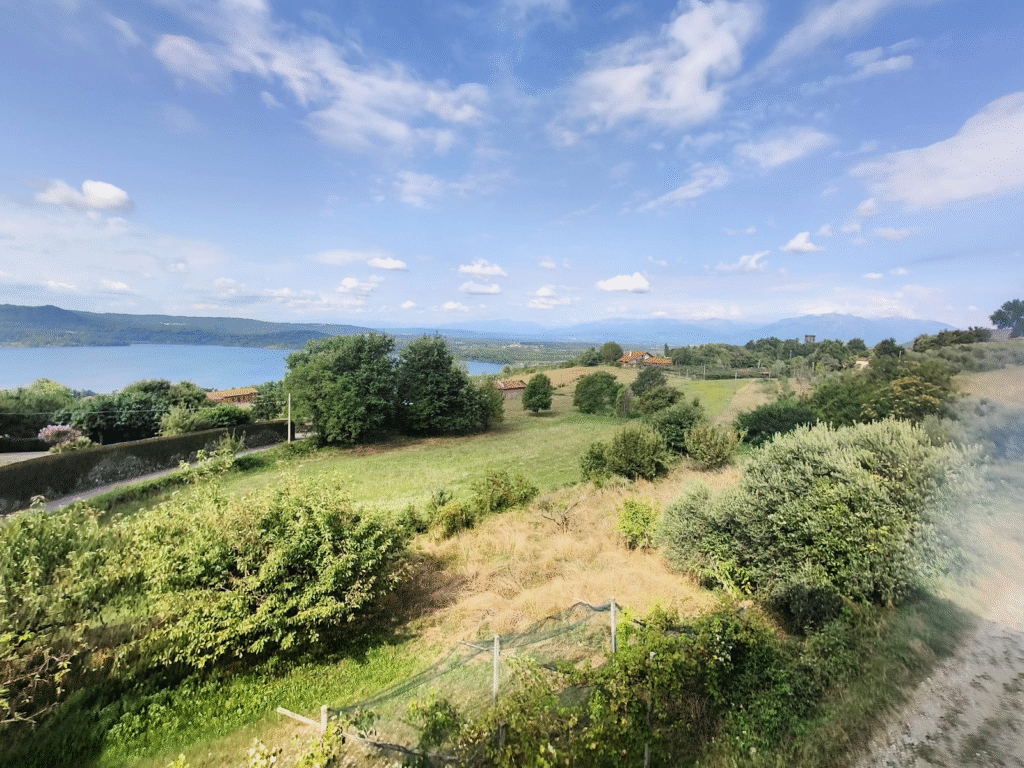
Fast forward to August 2023. I got married. Two months later, my wife and I packed up and moved to Italy.
Today, I rented a four-floor villa near Lake Viverone in the Piedmont region.
Each floor is basically a two-bed apartment. There are four bathrooms (well, three actually usable), a garden so large it laughs in the face of London postage-stamp patios, and sweeping views of the lake.
The best part? Rent is €1,900 a month, which is about £1,700. Bills included, it’s £1,850.
To put that into perspective, I’m now paying less than my Fulham rent for roughly three times the space and a slice of countryside peace you couldn’t buy in London, no matter how many oat lattes you skipped. In London, this kind of villa would easily cost three times more.
My wife Daniela runs her Pilates and osteopathy business from home, while I continue working remotely. Our set-up feels worlds away from the cramped two-bed flat in West Kensington.
The Great Cost-of-Living Divide
Life in Italy has reminded me just how expensive London had become, especially after COVID.
A cappuccino here? €1.50.
In London, I was often charged close to £4, and that was for something a barista described as “small.”
Groceries here are fresher, more local, and often cost less than Tesco. In London, I felt like every trip to Waitrose needed a pre-approved overdraft.
Utilities in Italy are still not cheap, but compared to the UK, they don’t feel like legalized robbery. The overall cost-of-living difference is stark.
Taxes, Red Tape, and Italian Bureaucracy
Of course, it’s not all Aperol spritz and lake views.
Moving money from the UK into Italy comes with headaches. My accountant was clear: transferring £100k+ would trigger painful tax implications.
Buying a property outright here, while technically possible, isn’t straightforward. Mortgages in Italy are a nightmare without an established financial history in the country.
And then there’s residency.
Italy manages to turn a simple application into a year-and-a-half odyssey. To even view appointments online, you need a paid PEC email. Then the system asks for an email, then a call, then an appointment, and then (surprise) the ticketing system doesn’t work.
Even with an Italian wife and a solid income, it took around 18 months to finally secure residency.
It makes UK council tax look efficient by comparison.
The Small Sacrifices
Life in Italy isn’t perfect. There are things I miss about London. Deliveroo, for one. Uber, for another. Out here, those conveniences don’t exist.
If I want a takeaway, I have to actually drive to get it. I didn’t know how reliant I was on pressing a few buttons and having pad thai appear at my door until I couldn’t do it anymore.
I also used to visit the UK monthly, but with residency now sorted, that’s less frequent. It’s not that I don’t miss London, it’s just that I don’t miss paying £2,100 a month for a small flat, grey skies, and the privilege of tube strikes.
Property Dreams and Realities
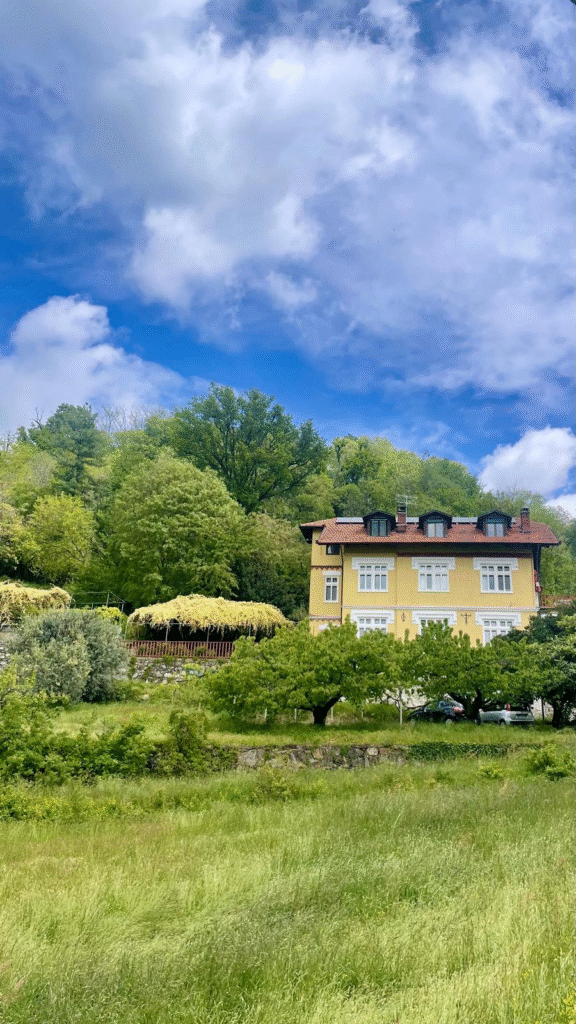
My Home in Italy
While renting here is affordable, owning property in Italy is a different story. The villa I live in now would cost around €500k to buy.
That’s not outrageous compared to London, but with the tax hurdles on transferring money, it’s not currently realistic.
There are cheaper places, like flats in the €60k–€80k range, but they’re often small, dark, and not the kind of home you’d want long-term. Renting, for now, makes more sense.
Work, Without Borders
The biggest reason this move was possible? My work is fully remote.
Post-COVID, that shift gave me the freedom to relocate without worrying about a commute. Whether I’m in Fulham or Piedmont, my laptop and Wi-Fi keep my business running.
Daniela has also been able to thrive. She now runs her Pilates and osteopathy practice from our villa. The space means she can see clients in one area while I work in another. In London, we’d have been stepping on each other’s toes.
Why London No Longer Worked for Me
The decision to leave wasn’t just about money. It was about quality of life.
London after COVID felt like it was draining me financially and emotionally. The city was (and still is) being reshaped by wealthier international buyers, while locals get squeezed out. Everyday costs spiraled, and the joy of city living started to feel like a bad trade-off.
In Italy, I run with my dog in the open countryside. I eat food that hasn’t traveled halfway around the world to reach me. My wife is surrounded by family and familiar culture. These things matter more than a quick Deliveroo or a tube ride to Oxford Circus.
Advice for Anyone Considering the Same
If you’re thinking of making a similar move, don’t assume it’s all sunsets and cappuccinos.
Italy comes with challenges: bureaucracy that makes you want to scream, tax rules that discourage moving money, and an infrastructure that isn’t London-level when it comes to convenience.
That said, if you work remotely, value space and fresh air, and can handle the quirks of rural living, it can be an incredible change.
Go into it with realistic expectations. If your vision of Italy is sipping wine while overlooking Tuscan hills every evening, prepare to also deal with paperwork that requires three trips to the same office.
But if you’re tired of paying London prices for London frustrations, and you’re in a position to relocate, then yes, life can be better elsewhere.
Final Thoughts
Looking back, post-COVID London forced me to reassess what I wanted from life.
Paying £2,100 a month for a small flat, facing £3,500 mortgage payments, and watching costs climb wasn’t sustainable. The city no longer felt like it was worth the squeeze.
Moving to Italy wasn’t just about saving money, it was about gaining space, peace, and a different pace of life.
Now, I wake up with a view of Lake Viverone instead of a neighbour’s brick wall. My wife has space to run her business. My dog has space to run, full stop.
London was home for a long time. But post-COVID, it stopped making sense. Italy, with all its quirks and frustrations, feels like the better deal.

